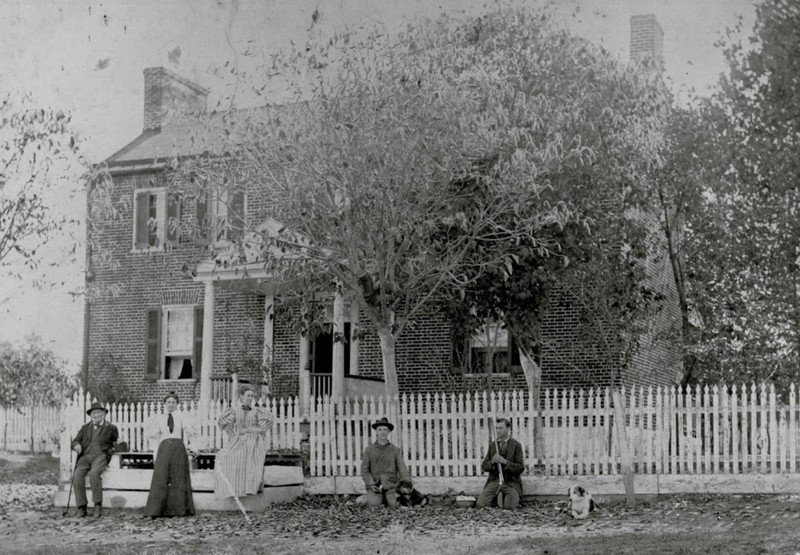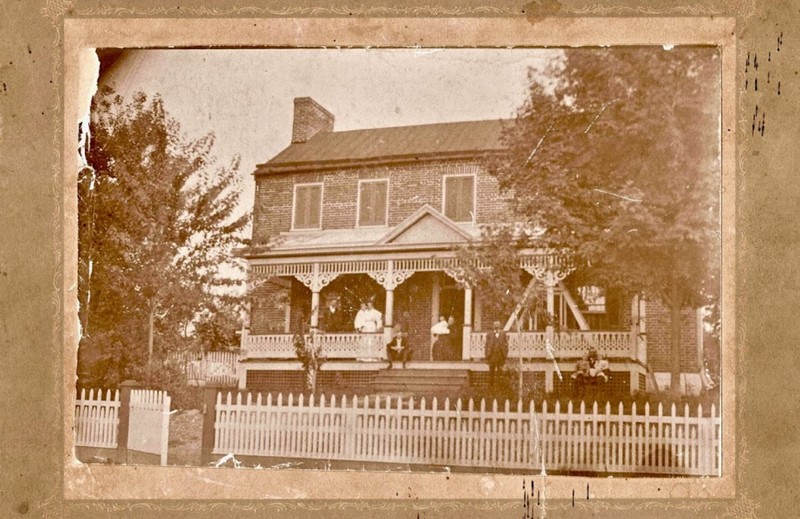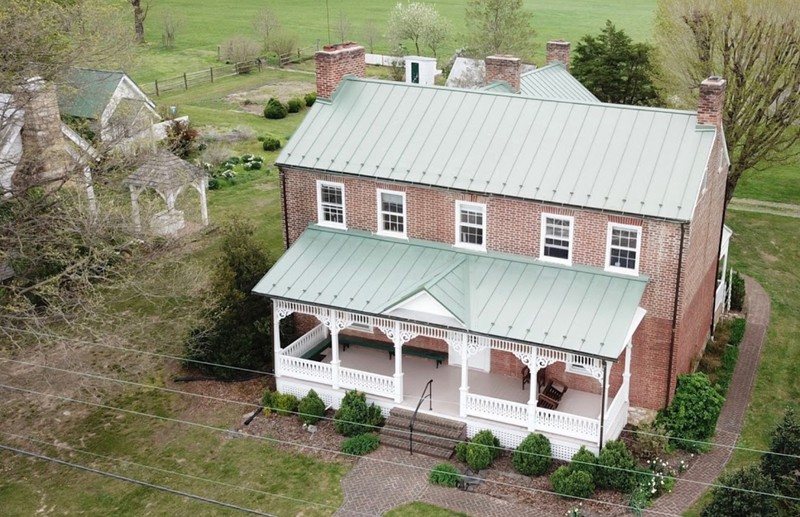Capon House and the Frye Farm
Introduction
Text-to-speech Audio
The Frye house was built in 1825 by Henry Westfall Frye, a magistrate, mill owner, and farmer. It was a 2,600-acre plantation that included a Blacksmith shop, meat house, icehouse, flour mill, tannery, and several barns. It is located on Route 55, one-half mile northeast of Wardensville, and about half of the town of Wardensville is now located on this farm today. The large porches on the house were added in the 1880s or 90s by Henry’s son, John. Henry also had three other children, Paul, Laura, and Virginia. The Fryes welcomed guests and supplied food and forage to the Confederate Army. After the Civil War, the Fryes operated it as the Capon House for a while, offering overnight stays to travelers.
Images
Old photo of the Capon House

Old photo of the Capon House

Capon House, presently

Backstory and Context
Text-to-speech Audio
The home has descended through the Frye family, although a once-discovered Bill of Sale showed the farm was up for auction after John Frye’s death. While it’s not clear if the auction took place, it is known that Laura Baker Frye intervened and settled the estate. This property has always been cared for by Henry W. Frye’s descendants. The house has been continuously updated, with the current restoration beginning in 1995 and continuing today. All nine fireplaces are restored and functional, and the house still has the original hardware and wood-grained doors. There is a butcher shop where hams and bacon were preserved for the winter and a restored ice house. The Heishman’s, who previously owned the property, added a two-level barn on the site of the original barn and developed a pond. Irvin Heishman is the great-great-grandson of the original owner.
Sources
Mason, Gary. Beyond the Great North Mountain: A History and Guide, December 15th 2016. Accessed August 1st 2020.
McKeever, Kenna. History of Wardensville, West Virginia, January 1st 1957. Accessed August 1st 2020.
